Texas Tech University President Lawrence Schovanec delivered the State of the University address as the institution celebrates its centennial year.
It ended the way you might have expected. President Lawrence Schovanec signed off from his 2023 State of the University speech by saying, in part, “the best is yet to come for Texas Tech University.”
Were it not for the rest of the speech, those words could easily be taken as a platitude. But hearing Schovanec describe the actual state of Texas Tech as it heads into its second century, it was clear he meant every word.
Today (Sept. 26), Schovanec laid out a vision for the university built on continued growth and investing in the people who make Texas Tech special.
Investment In Our People
Texas Tech continued its tradition of legislative success in 2023, opening up a transformative time for investing in the university and the people who call it home.
“As we conclude our first century, the state has invested in Texas Tech in ways that sets the tone for the next century,” Schovanec said. “The results of this past legislative session place upon us an even greater onus to seize what is before us, to plan and execute accordingly the funds designated for us.”
The success in the legislature includes a substantial increase in Texas Tech’s allocation of Instructional Funding and continued support through Institutional Enhancement funds.
Together, those lines of funding from the state put Texas Tech in what Schovanec called a “steady” financial situation, but they alone are not what leaves the university in a transformational time.
The legislature also approved the Texas University Fund (TUF), which, pending voter approval in November, would allow the university access to a portion of a more than $3.9 billion endowment. The anticipated support from the TUF would significantly increase Texas Tech’s investments in research, with the initial distribution projected to be approximately $44 million.
“The TUF will help attract federal and private research funding and will position Texas to remain competitive with other states making similar investments,” Schovanec said. “Between now and November, part of our task is to communicate to voters in Texas the benefits of a preeminent research university like Texas Tech.”
The state is not alone in its support of Texas Tech. Over the past five years, federal research awards to Texas Tech have increased by more than 75%, and philanthropic gifts over the last year have totaled nearly $161 million in support of key priorities.
Texas Tech’s second annual Day of Giving was a success as well. Supporters of the university from 35 states donated more than $430,000, surpassing the fundraising goal by more than $130,000.
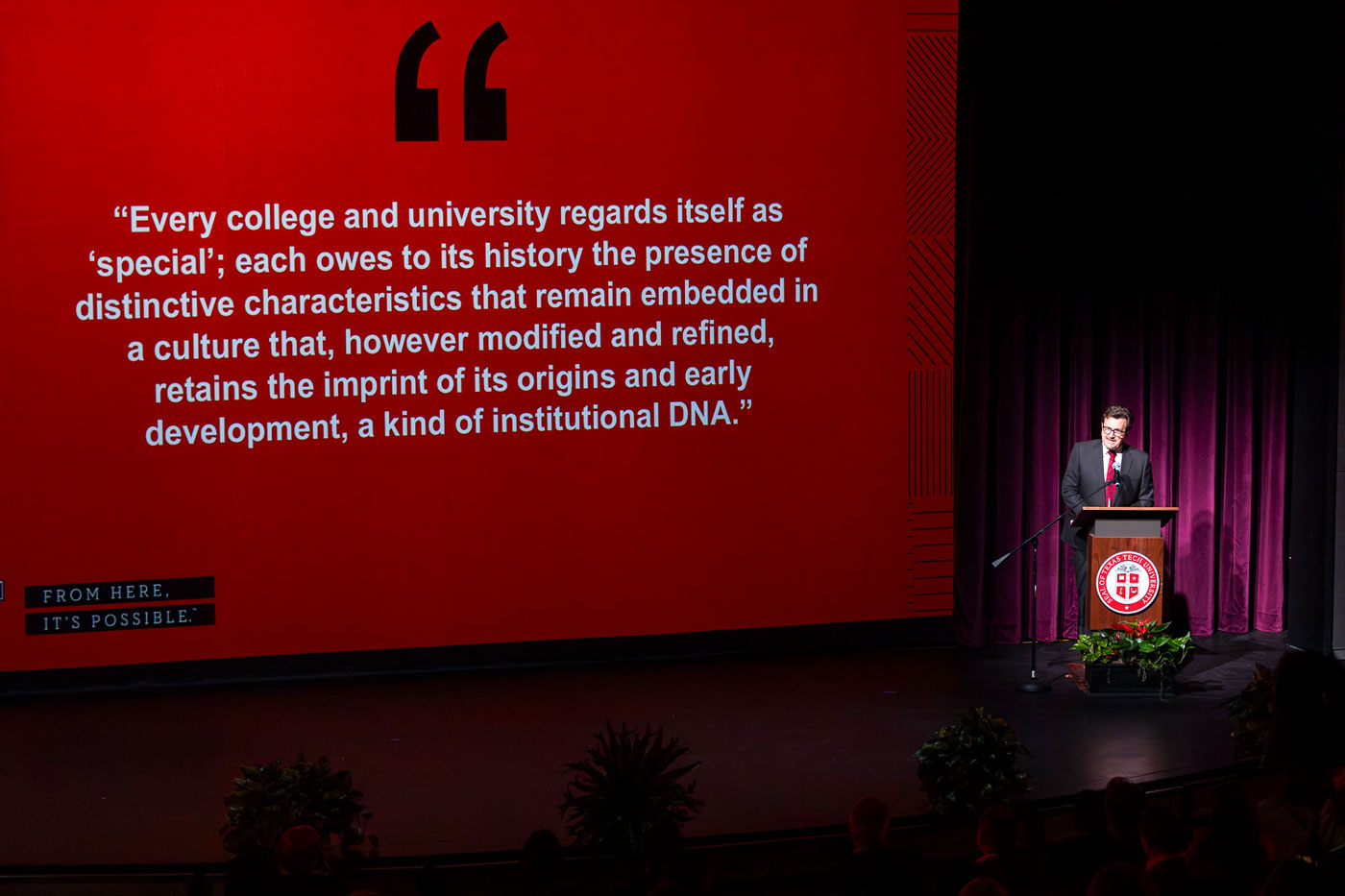

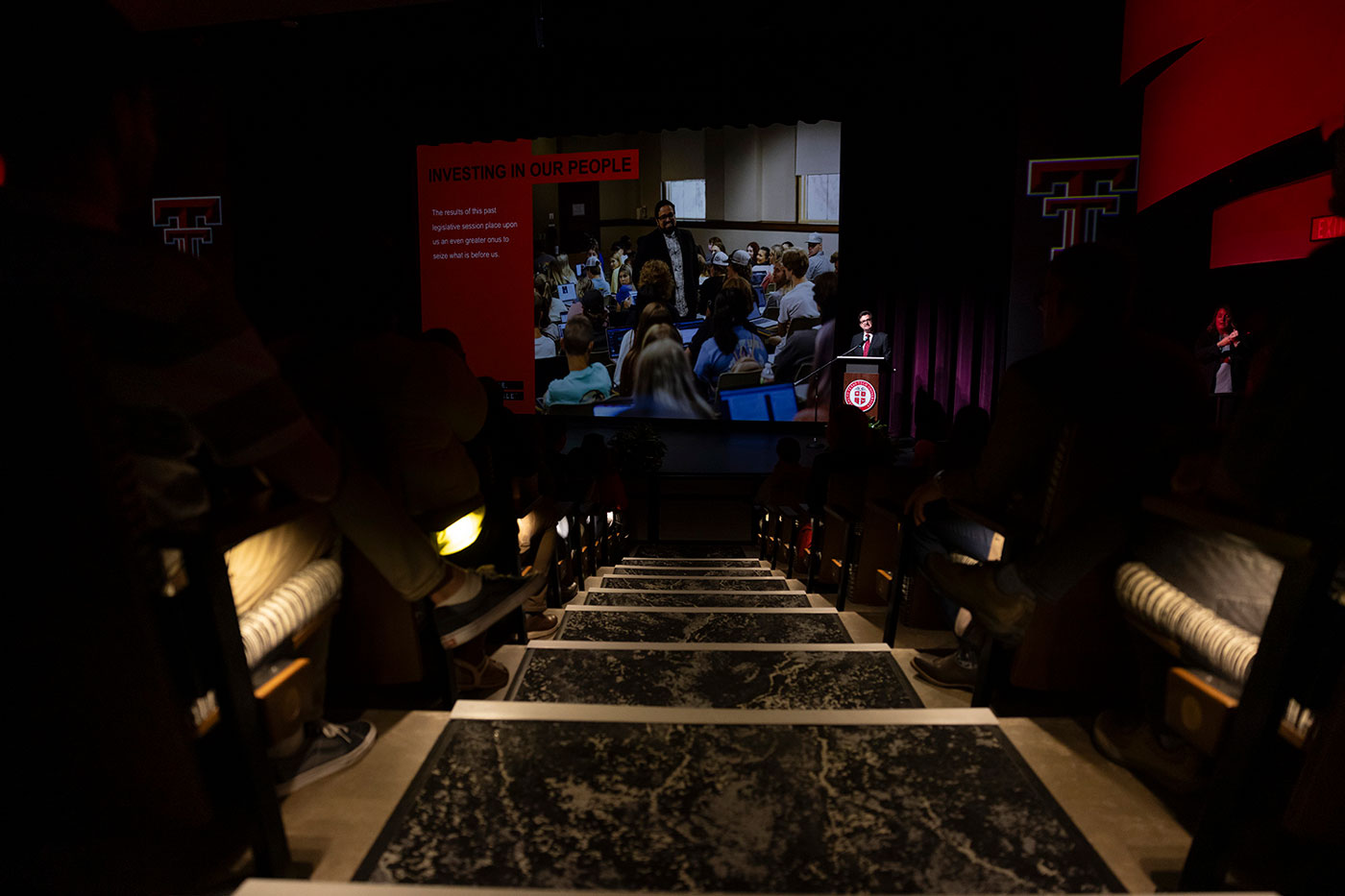
Schovanec also announced the upcoming launch of a comprehensive campaign led by Texas Tech, for Texas Tech, to begin in the spring, a historic endeavor geared toward maximizing the impact of this moment in the university’s history.
“Three years into our ‘silent’ phase and we’ve raised half-a-billion dollars,” Schovanec said. “But this is not about the numbers. This campaign will be about the impact it will have on our students, our academic programs, our faculty and our resources.”
Student Success
Between first-year, transfer and graduate students, Texas Tech welcomed more than 12,000 new students this fall. Among that number is a record 7,200 first-year students. More than one-third of our first-year class identify as first-generation. Pell-eligible students also make up about 31% of the first-year class and more than a quarter finished in the top 10% of their high school class.
Those new to campus make up just part of the overall enrollment. A record 40,944 students are calling Texas Tech home this year, continuing a trend of sustained growth in enrollment numbers for the university.
While Texas Tech continues to grow with a purpose, Schovanec pointed to the success of students after choosing to attend Texas Tech as a major point of pride, and that success was clearly illustrated.
With the four-year graduation rate nearing 50%, the six-year graduation rate at 64%, and 103 National Merit Scholars on campus, Texas Tech’s investment in its students is paying off.
Schovanec highlighted the stories of Anyssia Hernandez and Saleha Soadat as prime examples of students who are succeeding in every facet of life.
Hernandez is one of five siblings. She attends Texas Tech full-time, serves as a student ambassador for the College of Arts & Sciences, is a member of the High Riders and has consistently held down jobs on campus. Along with those commitments, she’s logged hundreds of volunteer hours toward Texas Tech’s initiative to log 1 million hours of service during the centennial.

But her commitment to her family is immense. She helps take care of two younger siblings who are on the autism spectrum while working on a sociology degree with a concentration in criminology.
Soadat, a second-year graduate student in the College of Media & Communication, made history in Afghanistan by becoming a broadcast news anchor. In 2013, she was named Journalist of the Year by the Afghan Senate and was named Best Reporter by the Afghan Parliament a year later.

Forced to flee her home in 2021, Soadat has rebuilt a life for herself in the U.S. and is grateful for the opportunities provided to her by Texas Tech. With her research, she hopes one day she can help change the lives of many women living in the Middle East as she recounts the stories of Afghan women in news media.
Schovanec also highlighted the story of Ludvig Aberg, a professional golfer who recently was selected to represent Europe at the Ryder Cup.

A native of Sweden, Aberg had a remarkable career as a student-athlete and left Texas Tech as one of the most decorated athletes in the school’s history. His story is one of perseverance and chasing his dreams, with Texas Tech providing him the opportunity to reach the very highest levels of his profession.
“Those three students – from different backgrounds, with different aspirations – exemplify the traits known to all Red Raiders; perseverance, hard work and determination,” Schovanec said. “We have highly successful students at Texas Tech, and the characteristics and demographics of our first-year class reflect that.”
Faculty Success
Faculty success at Texas Tech can be measured in a number of ways, but the amount of research being done on campus is a strong indicator that the university’s faculty members are thriving.
Texas Tech exceeded $230 million in research expenditures during the 2023 fiscal year, and faculty members from across the university are looking for solutions to the biggest challenges being faced by the region, state and nation.
“The students and faculty who engage in research are innovators and leaders in their areas,” Schovanec said. “These are people who have a long-term impact on the quality of life and economic development of Texas. We provide the framework of talented, well-trained individuals who will support the next generation.”
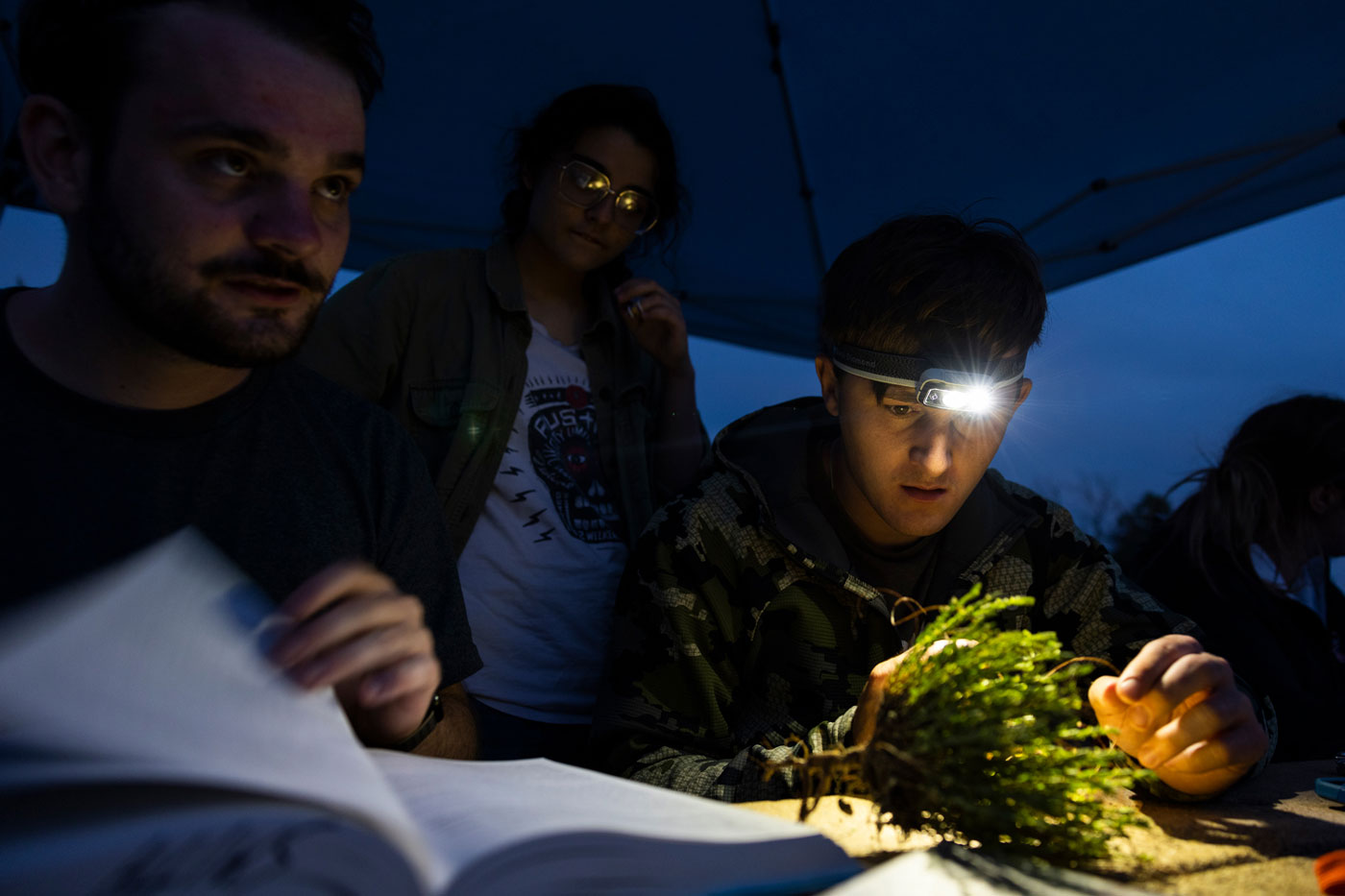
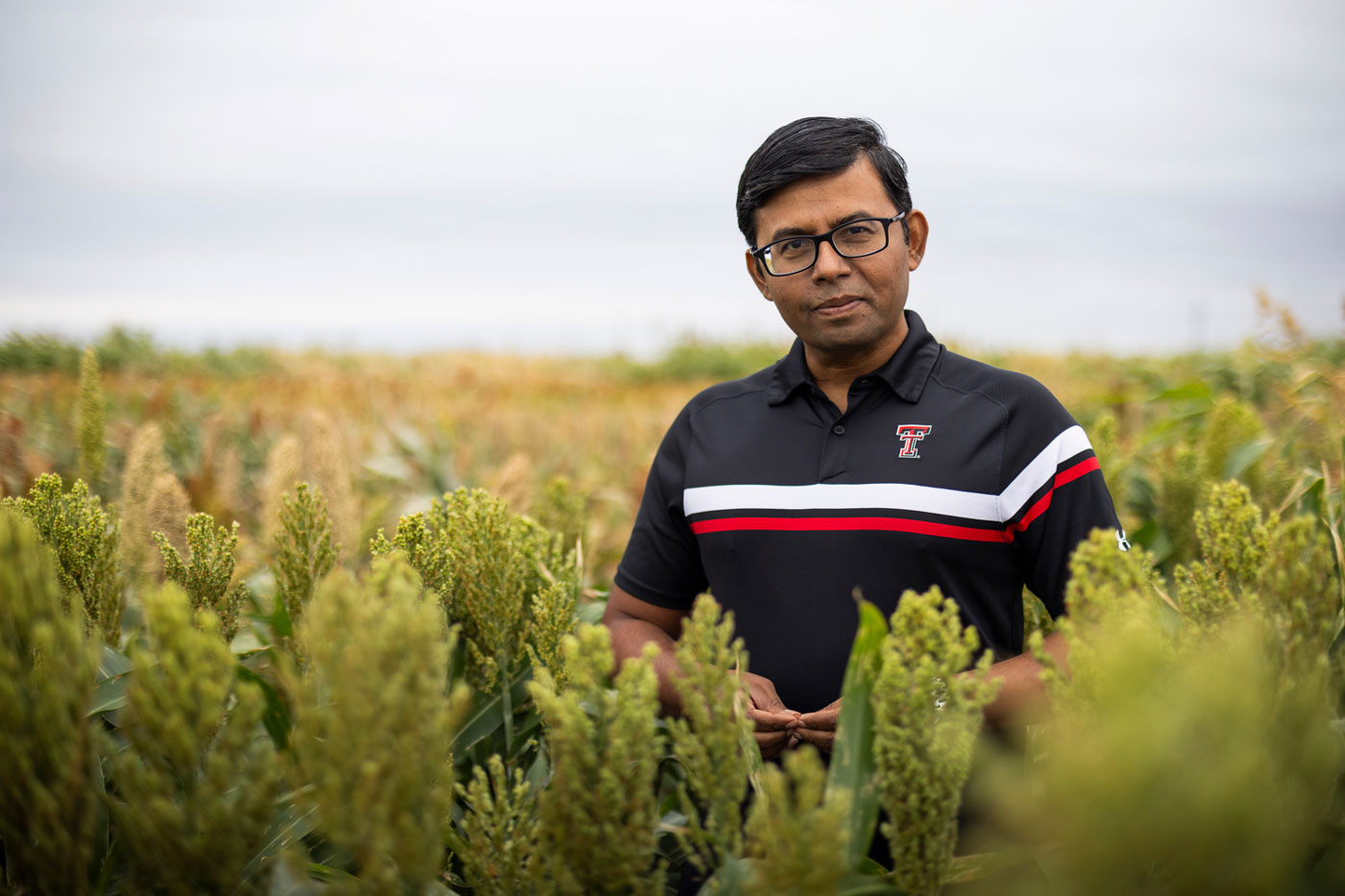
Among the faculty highlighted by President Schovanec were Krishna Jagadish and a group of professors from the Department of Biological Sciences working on a unique project in the Guadalupe Mountains.
Jagadish is the Thornton Distinguished Chair in the Department of Plant and Soil Science and the director of both the Texas Alliance for Water Conservation and the Davis College Water Center.
His work directly impacts the agricultural producers of the region, and his impact at Texas Tech has been immense. His research focuses on making farms both more profitable and more sustainable, and in less than two years at Texas Tech he has been awarded nearly $11 million from various sources to help fund his research.
Matt Johnson, Nick Smith and Dylan Schwilk form the group doing research in Guadalupe Mountains National Park.
Their project, 50 years in the making, compares current flora collected in the park with samples collected in the 1970s by Texas Tech researchers and housed in the E.L. Reed Herbarium.
Working with Guadalupe Mountains National Park, they’re doing research that spans half the life of the university and could help shed more light on the changing landscape of the park.
Schovanec also highlighted Lynn Whitfield, a faculty member who has had great success in a very different way.
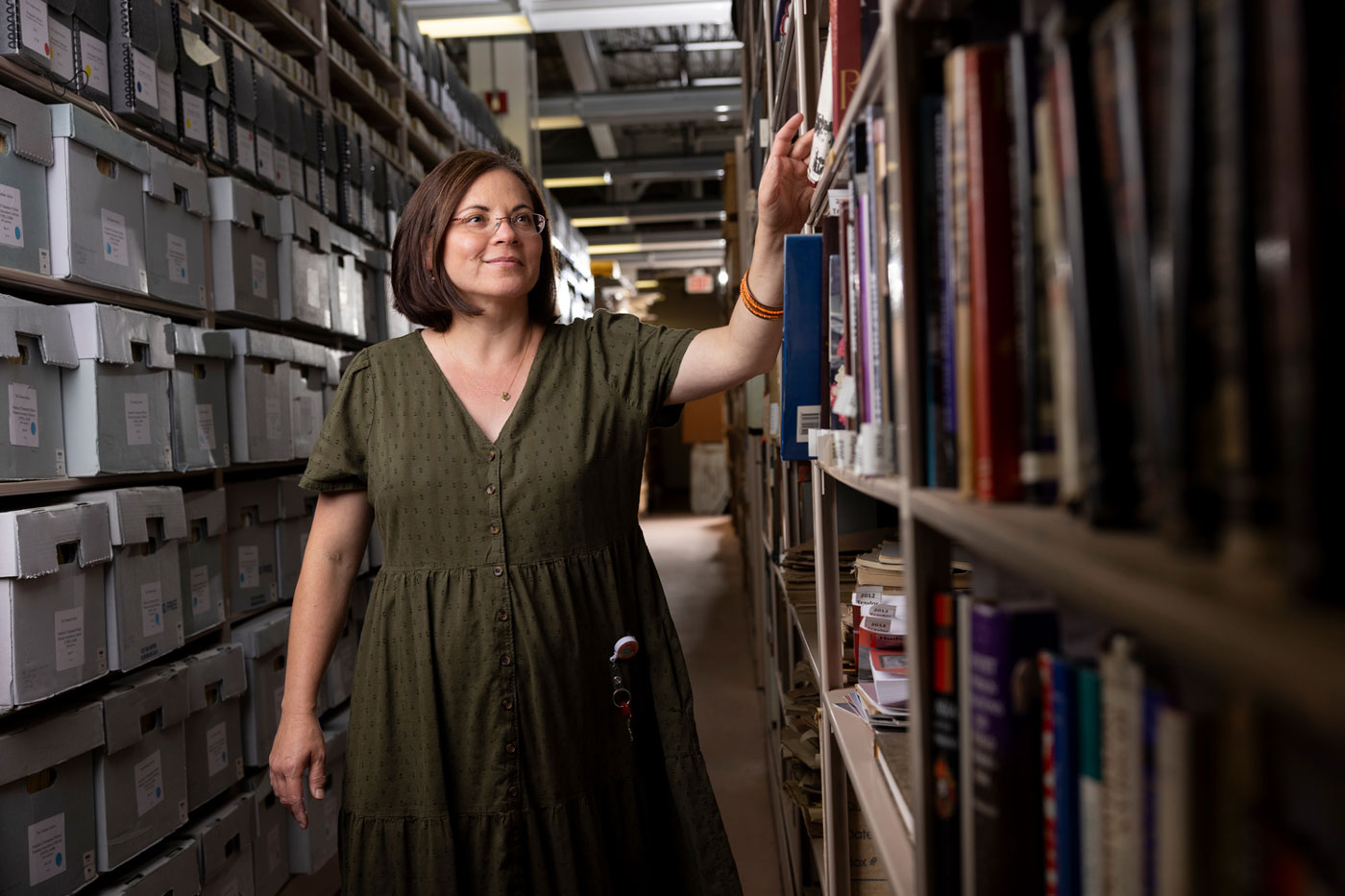
Whitfield, the archivist for Texas Tech’s Southwest Collection/Special Collections Library, is a preserver of the stories of the university.
During this centennial year, when so much time has been spent looking back at the history of Texas Tech, her scholarly activity is an example of the breadth of research at Texas Tech.
Those highlighted by Schovanec are just a small part of a group of more than 2,000 faculty members who work daily to ensure Texas Tech is meeting and exceeding its research and teaching missions.
As Schovanec pointed out, investments in the facilities on campus are investments in the success of the faculty, and investing in their success is critical to Texas Tech’s mission.
“It’s important we provide them space and facilities to support their work,” Schovanec said. “As we look at the future of construction on campus, we want to be more data-driven. We are working with a firm to create a campus strategic plan, looking at the usage of space as it related to education and research activity.
“We will look at social networks – how students navigate campus, how faculty interact with each other – and as we add faculty, we will take a critical look at the optimization of our space. It’s a process we’ll undertake throughout this next academic year.”
Staff Success
For the third year in a row and the fifth time since 2014, Texas Tech has been named one of the Great Colleges to Work For®, and it comes as no surprise.
Employees across campus have received merit, equity and compression adjustments to their salaries. Coupled with stipend increases for graduate students, a matching program for graduate assistants and a welcoming and caring atmosphere on campus, the Texas Tech experience remains a positive one for staff members.
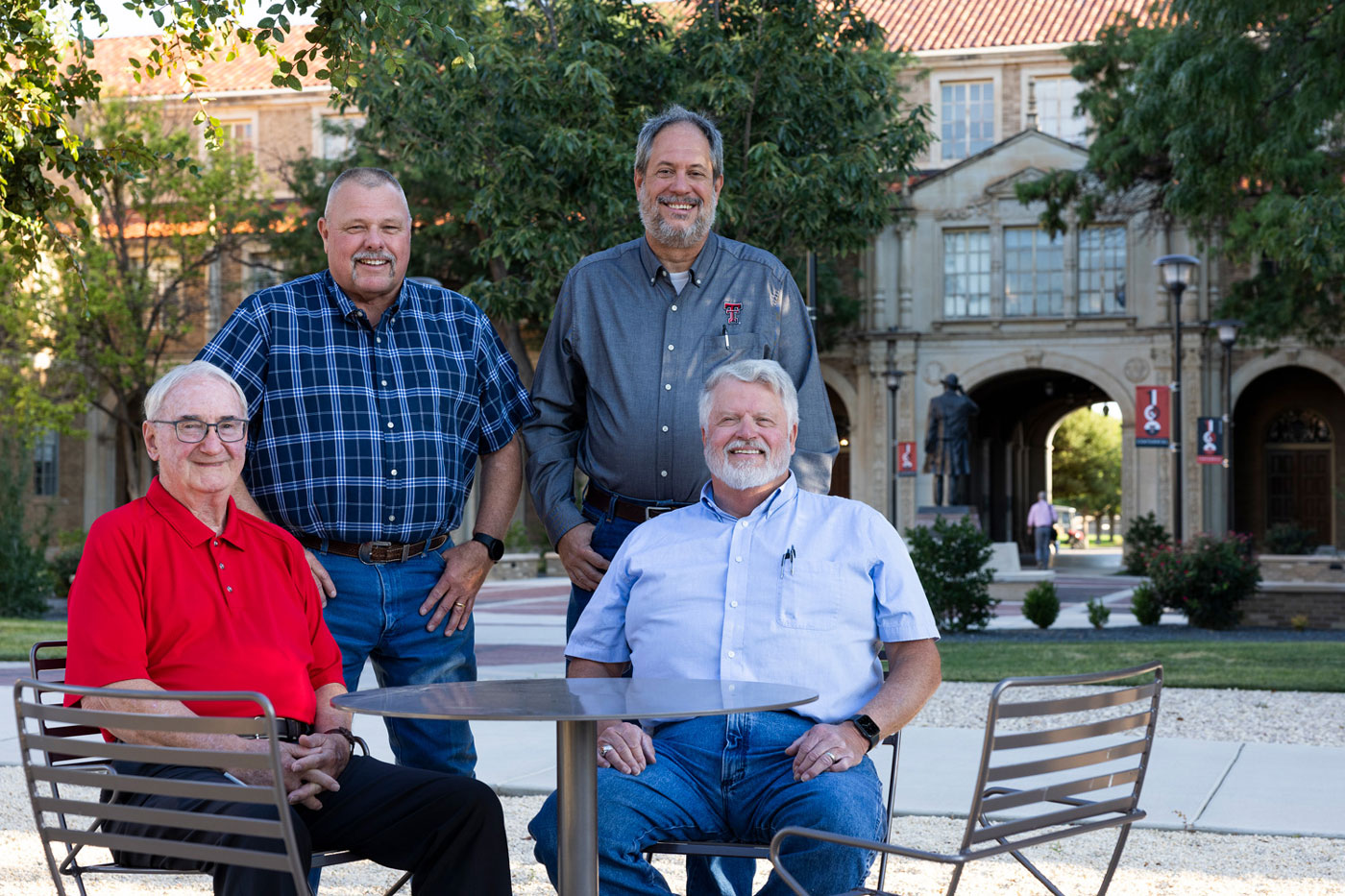
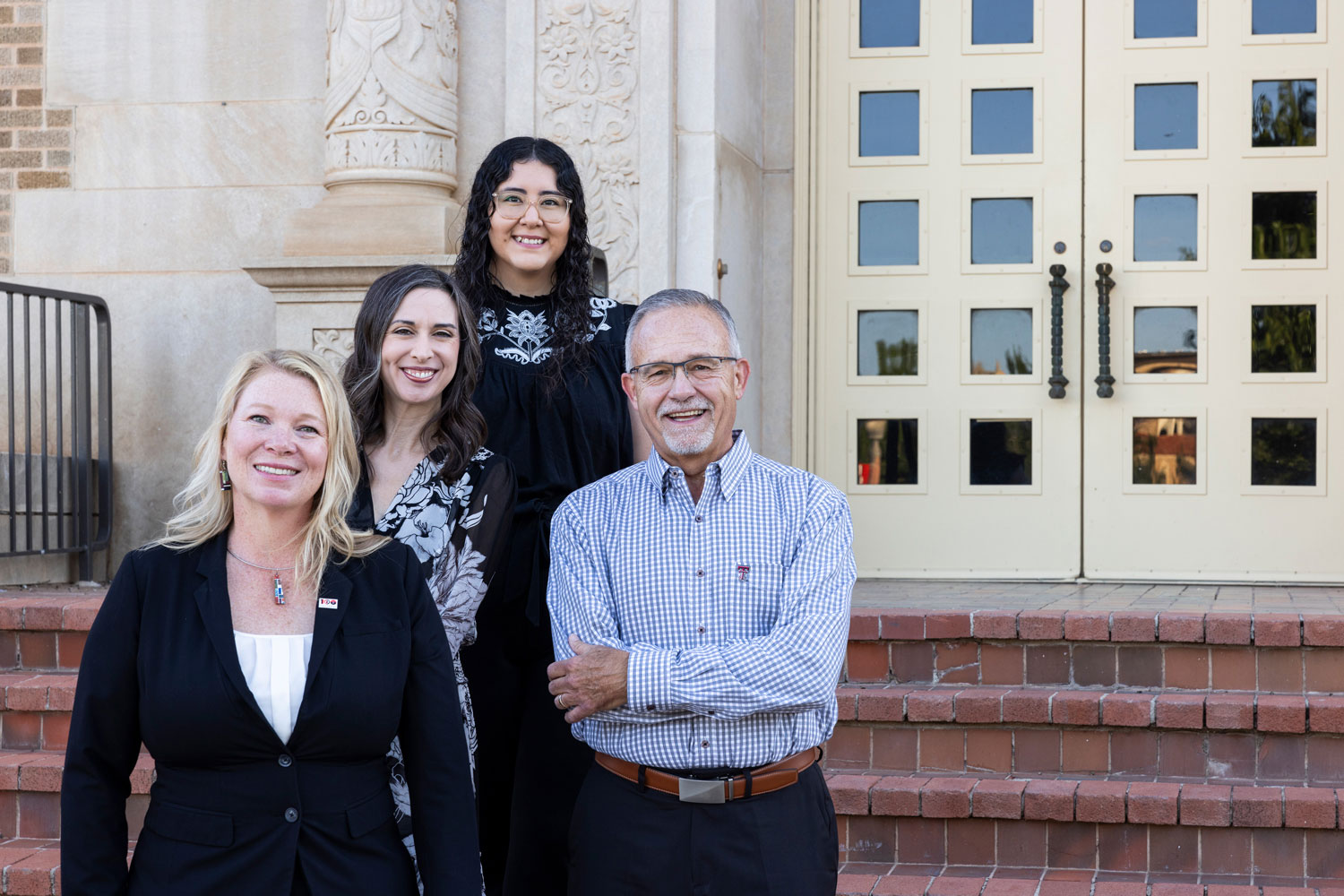

In sharing the contributions made by staff members, Schovanec pointed to two award-winning units on campus and one staffer recognized among the Phenomenal Women of Texas.
The Grounds Maintenance crew recently earned an Honor Award in the Professional Grounds Management Society’s 2022 Green Star Awards competition for its work on the R7 Pedestrian Mall landscaping project.
Joining them on the awards list was the Office of Sustainability. Together with Accounting Services, they earned a Sustainability Tracking, Assessment & Rating System (STARS) Silver Recognition for sustainability.
Those units ensure the Texas Tech campus remains beautiful and viable well into the future.
Other staffers, like Cari Moye, take on much different roles, such as helping the university make a broader impact on society.
As the principal of TTU K-12, a role she has served in since 2015, Moye helps students whose lives lead them to seek educational offerings that differ from a traditional K-12 student.
Her dedication to her students and her staff makes Moye an invaluable piece of the Texas Tech community. She has been recognized as one of the Phenomenal Women of Texas Tech and as a Top Techsan, and exemplifies the commitment to excellence so common among staff members at Texas Tech.
“A significant amount of work each day is devoted to the advancement of this institution,” Schovanec said. “We must not forget the role our staff play in that effort.”
Our Second Century
In opening his State of the University address, President Schovanec called back to those heady times a century ago, when few would have envisioned an institution located in Lubbock, Texas, emerging as a world-class university.
But, with students from every state in the nation and more than 100 countries, world-renowned researchers, state-of-the-art facilities and more financial backing than ever before, that’s exactly where Texas Tech sits heading into its next hundred years.
As Texas Tech’s Centennial nears its conclusion, it is clear the state of the university is as strong as ever.
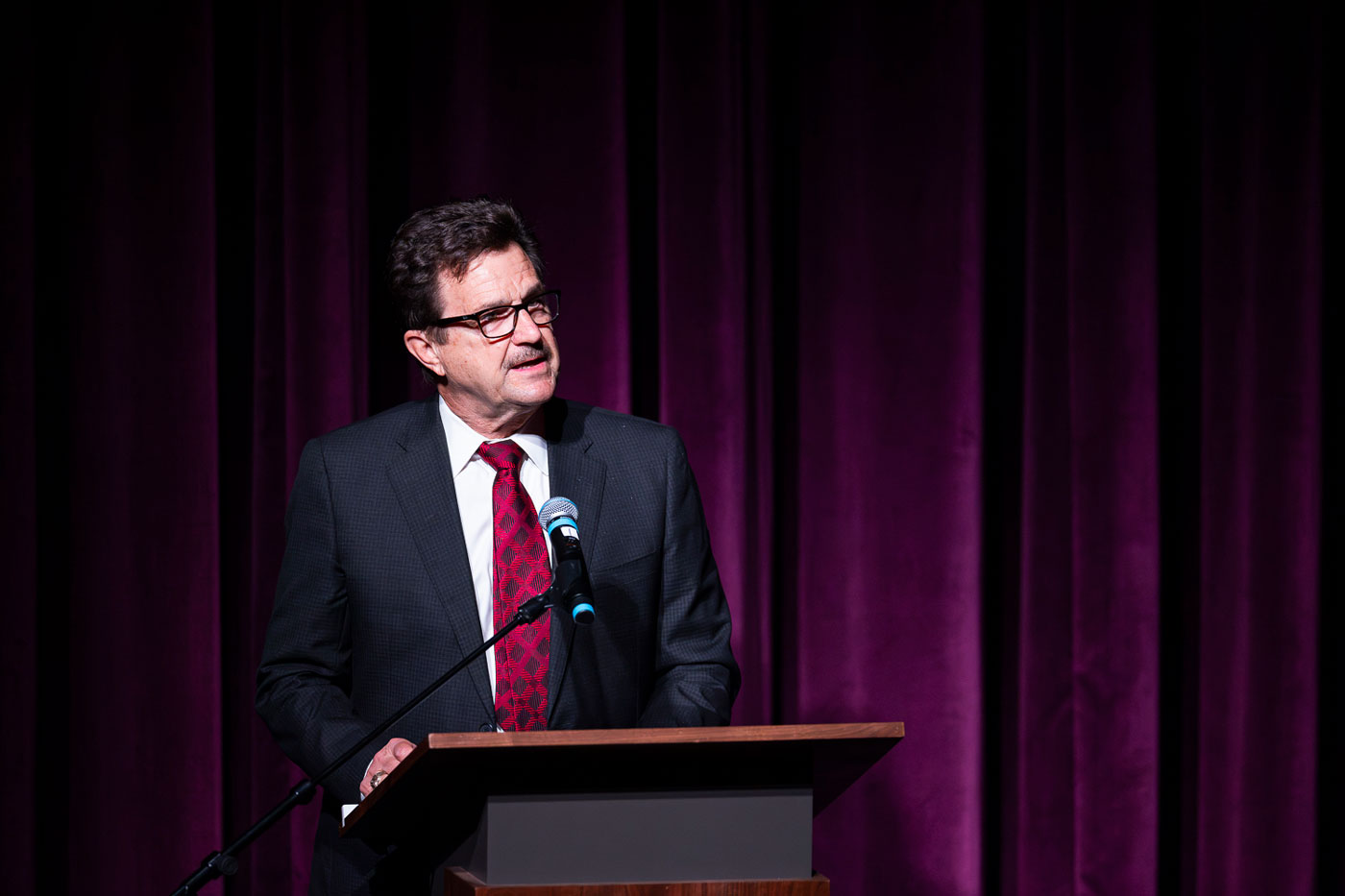
“The circumstances for beginning our second century could hardly be better, and the lasting benefit will be in how we tell our story in a way that significantly enhances the stature and brand of Texas Tech,” Schovanec said in his closing remarks.
“It is now that we acknowledge we must continue to challenge ourselves to address the changing needs of our world, to broaden our impact and to always strive for honor. We are steadfast in our belief that the best is yet to come for Texas Tech University, and From Here, It’s Possible.”

